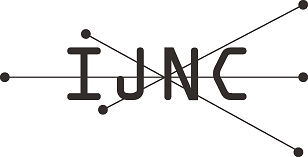Dynamic DAG Scheduling Under Memory Constraints for Shared-Memory Platforms
Abstract
This work focuses on dynamic DAG scheduling under memory constraints. We target a shared-memory platform equipped with $p$ parallel processors. The goal is to bound the maximum amount of memory that may be needed by any schedule using p processors to execute the DAG. We refine the classical model that computes maximum cuts by introducing two types of memory edges in the DAG, black edges for regular precedence constraints and red edges for actual memory consumption during execution. A valid edge cut cannot include more than $p$ red edges. This limitation had never been taken into account in previous works, and dramatically changes the complexity of the problem, which was polynomial and becomes NP-hard. We introduce an Integer Linear Program (ILP) to solve it, together with an efficient heuristic based on rounding the rational solution of the ILP. In addition, we propose an exact polynomial algorithm for series-parallel graphs. We further study the extension of the approach where the scheduler is dynamically constrained to select tasks (among ready tasks) so that the total memory used does not exceed some threshold. We provide an extensive set of experiments, both with randomly-generated graphs and with graphs arising from practical applications, which demonstrate the impact of resource constraints on peak memory usage.
Keywords
Workflow; task graph; dynamic scheduler; memory constraint; complexity
Full Text:
PDFRefbacks
- There are currently no refbacks.
